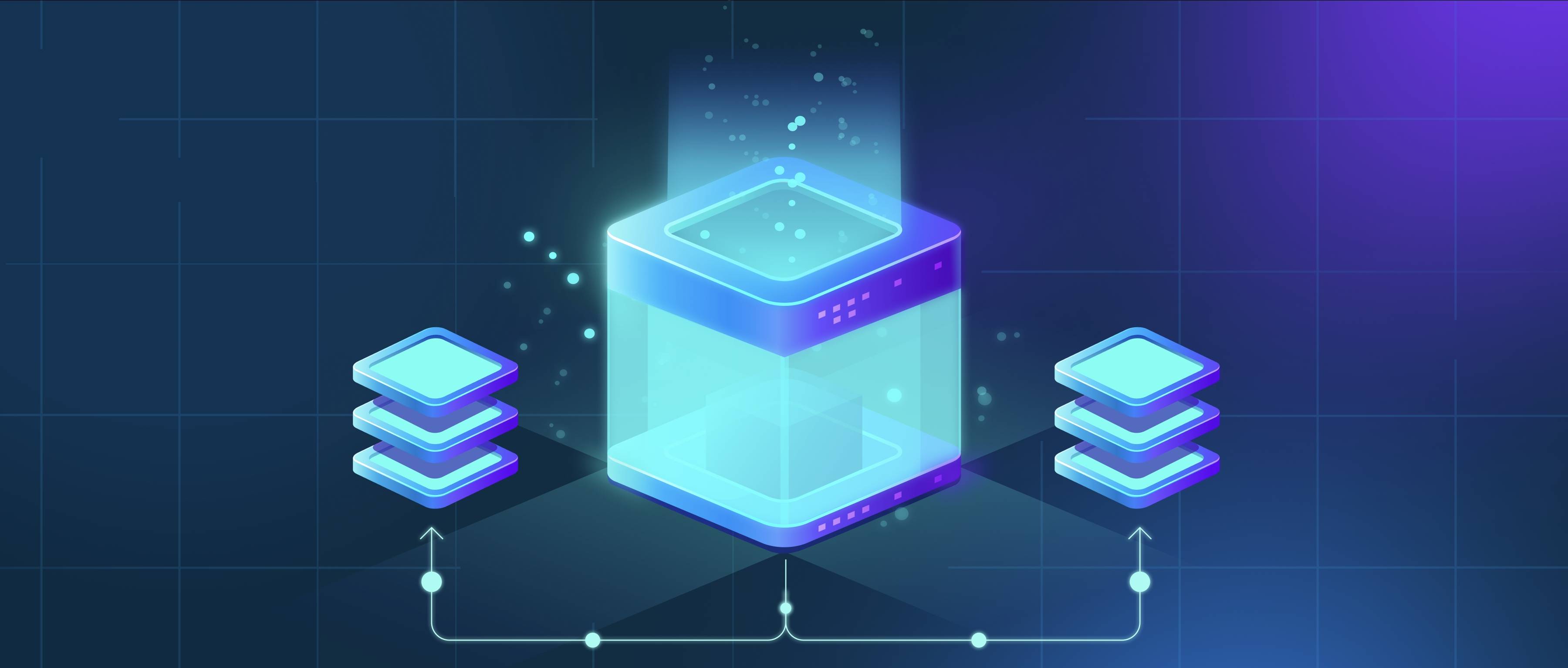Google Lens is powered by a combination of computer vision, optical character recognition (OCR), and machine learning technologies. At its core, it uses convolutional neural networks (CNNs) to analyze images and detect objects, text, and patterns. For text recognition, Google Lens integrates OCR capabilities similar to Google’s Tesseract, enhanced with deep learning for higher accuracy across diverse fonts and languages. Additionally, the app uses Google's vast knowledge graph and cloud-based AI services to provide contextual information, such as identifying landmarks or extracting details from scanned documents. These technologies enable Google Lens to perform tasks like real-time translation, product identification, and augmented reality applications.
What is the technology behind Google Lens?

- Master Video AI
- Natural Language Processing (NLP) Advanced Guide
- Evaluating Your RAG Applications: Methods and Metrics
- Large Language Models (LLMs) 101
- The Definitive Guide to Building RAG Apps with LlamaIndex
- All learn series →
Recommended AI Learn Series
VectorDB for GenAI Apps
Zilliz Cloud is a managed vector database perfect for building GenAI applications.
Try Zilliz Cloud for FreeKeep Reading
How can LangChain be used for image captioning tasks?
LangChain can be effectively used for image captioning tasks by integrating its capabilities with popular machine learni
How do embeddings power knowledge retrieval systems?
Embeddings play a crucial role in knowledge retrieval systems by allowing these systems to understand and organize infor
What is sparse vector?
Sparse refers to data or structures where most of the elements are zero or inactive. In machine learning and data proces